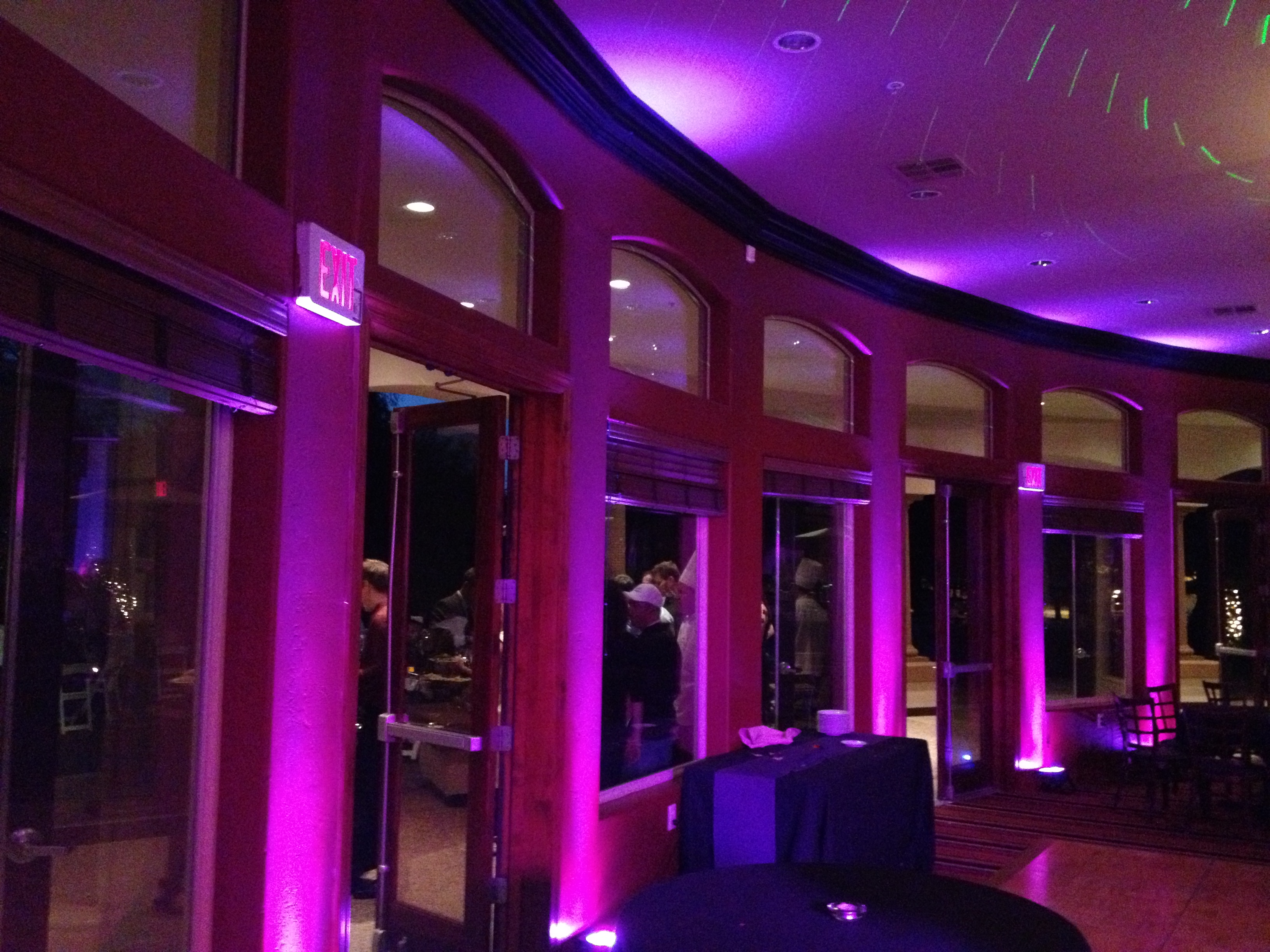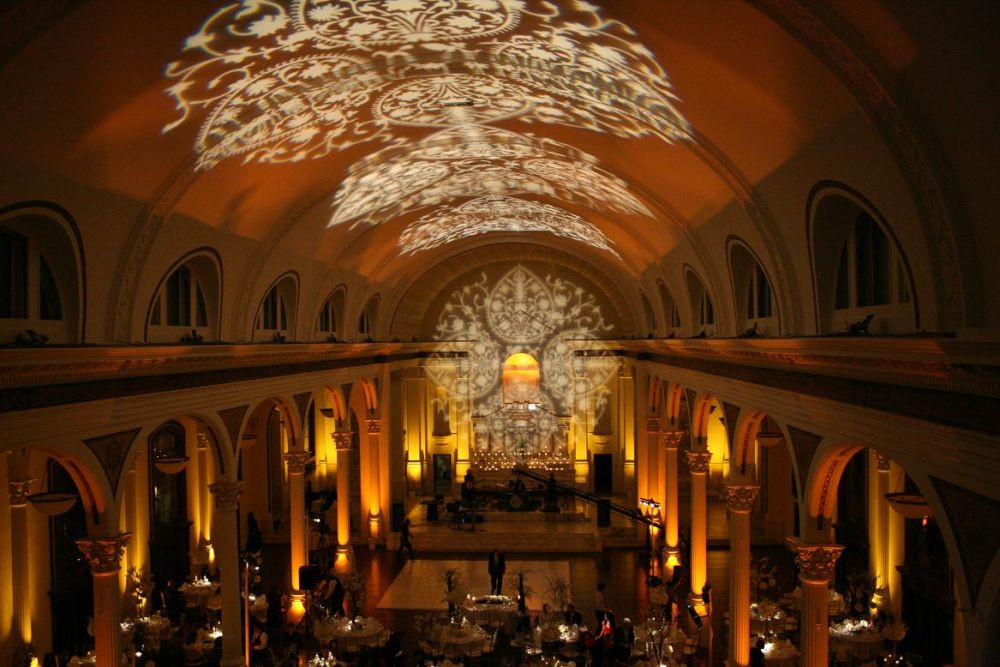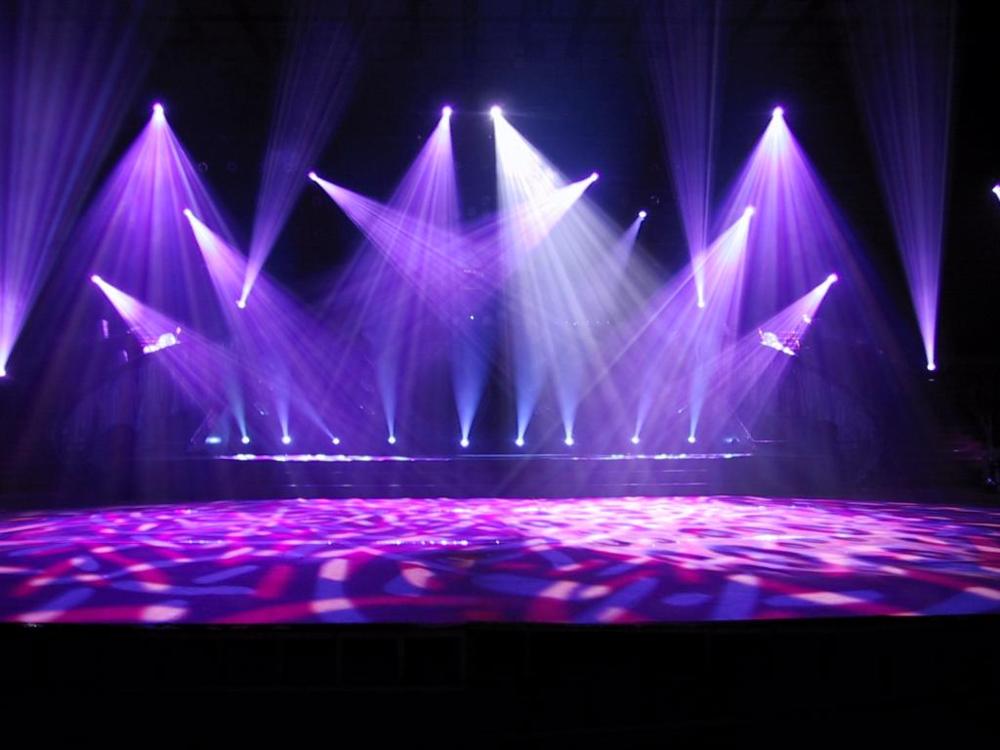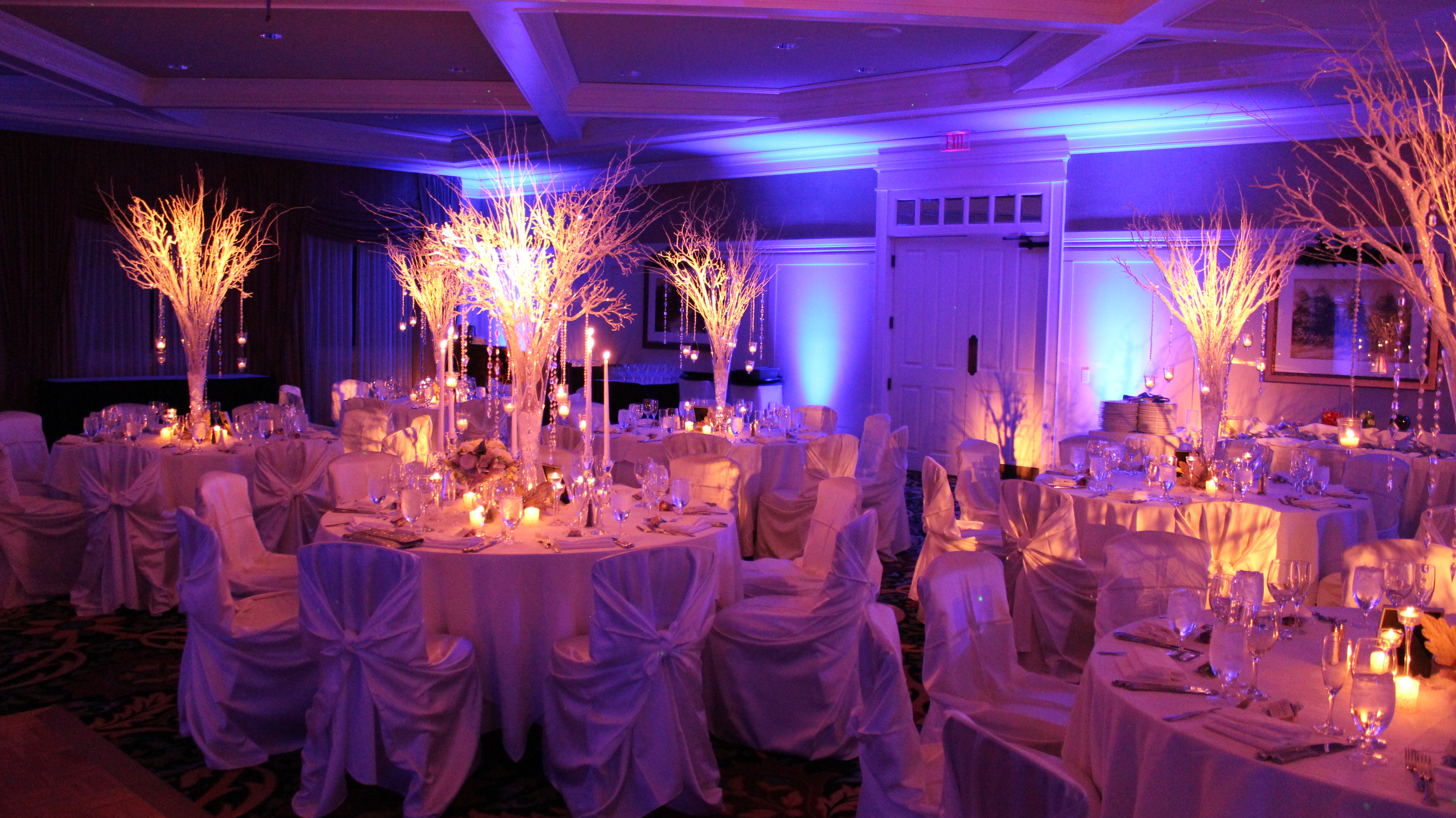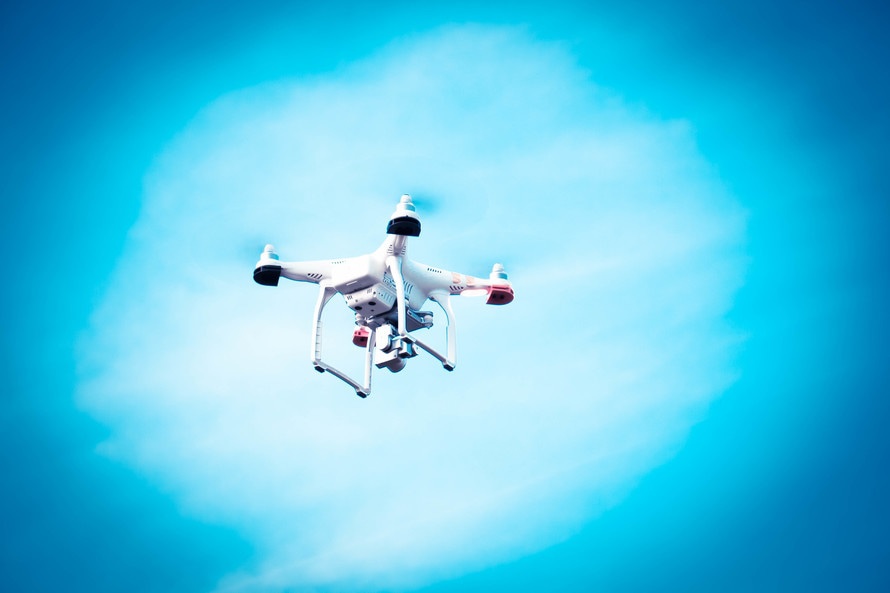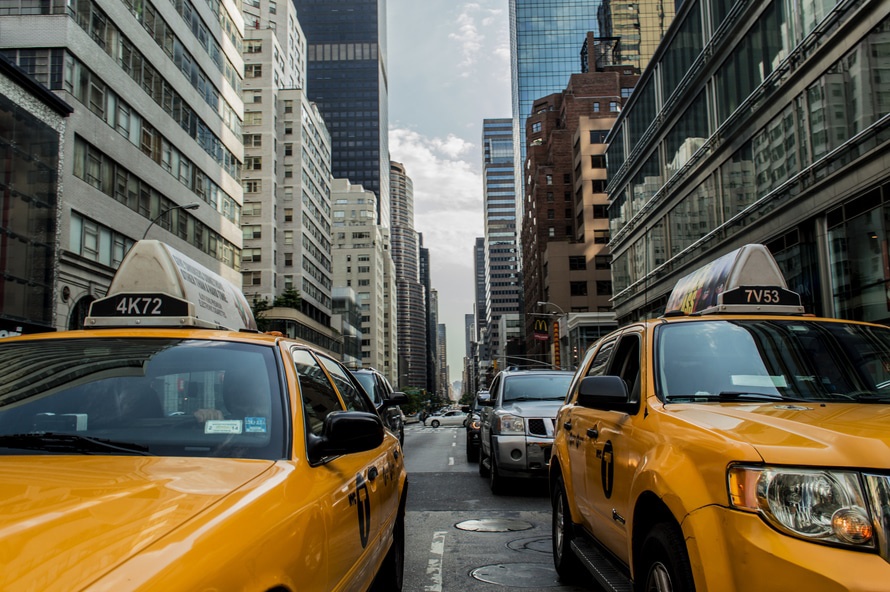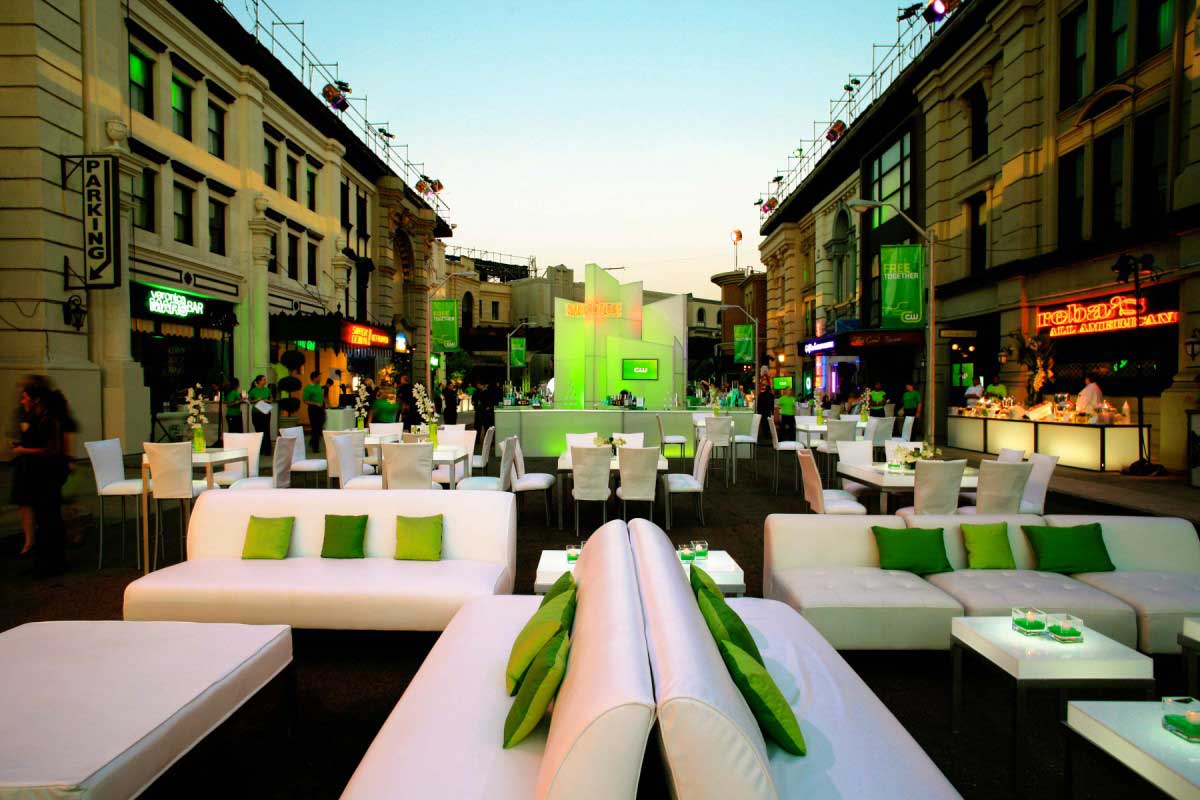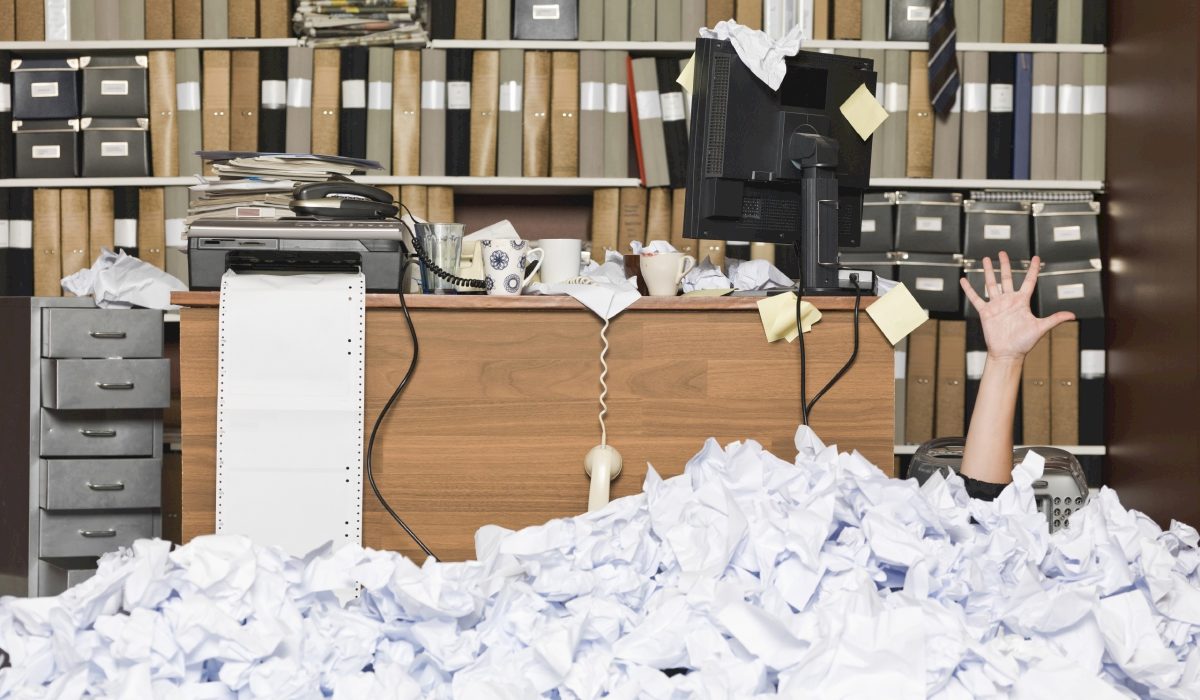Lighting can make or break your event experience. If the lights are too bright your event may seem stark and cold. If your lights are too dark guests may miss important elements of your event and design. Well placed lights can create ambience at your event. Great lighting will allow you to get more impact from other items such as floral arrangements and other decor. You can also use lighting to direct your guests attention to events going on within your event, or to grab their attention.
Uplighting At Your Event
Uplighting is a great way to create an atmosphere at your event. Rooms can look bland if you do not use perimeter lighting. This is especially important for a simple more basic venue such as an empty ballroom, gallery, or conference center which can tend to be bland if you do not add in lighting and color. These venues do not have a lot of character to begin with you will need to build ambience with more lighting and decor. It’s a great way to tie in a color that goes with your theme and create a wow factor upon guests entering the room. 
Using Gobo’s
Gobo’s are a great way to add an element of design and depth to your event. Simply stated a gobo is a beam of light with a metal stencil over it that creates a pattern. Gobos can project any design or pattern including abstract shapes, patterns, pictures, and company logos. You can project gobos onto ceilings, floors, and walls, they are a great way to add visual interest.
While gobos are great for transforming your event by giving it a dynamic atmosphere and feel, they can be used to promote your brand. Seeing your brands logo in bright crisp lighting will create a visual impact that surely will not go unnoticed.
Gobos can go almost anywhere and are highly flexible, work perfectly with many types of events from conventions, to galas and even weddings. Below is a photo from a corporate event we did where we projected their logo onto a venue wall.
Create A Light Show
A light show is a really fun way to grab your guests attention. Light shows are often combined with the first two lighting techniques. However, unlike the first two lighting options these lights will be constantly moving and flashing because a lighting engineer designs a custom show specifically for your event.
Lighting shows are often used at corporate events before an awards ceremony or speeches to quite the crowd and build excitement for the main event. We also use them to create an amazing dance vibe at galas and high energy concerts. Light shows make a very memorable experience and keep the energy high at events!
Highlight Design with Pin Lighting
Pin lighting is an excellent way to direct attention to certain parts of your event. Using a spotlight creates a dramatic effect that can transform centerpieces, decor elements and table settings into incredible pieces of art. Not only do pin lights add drama to your event lighting, but they also provide separation that is often needed between dark table linens and centerpieces allowing the centerpieces to pop and stand out. Pin lighting will make your event design a more dynamic visual experience.

